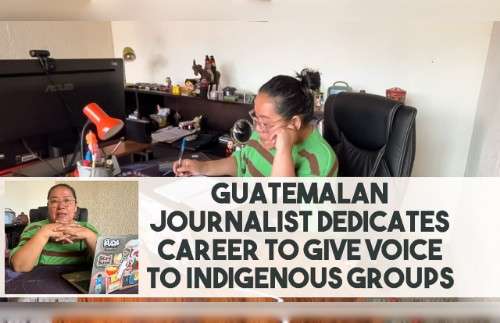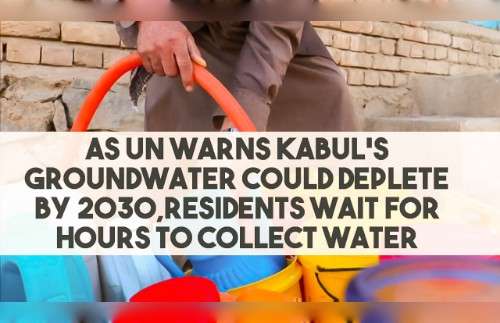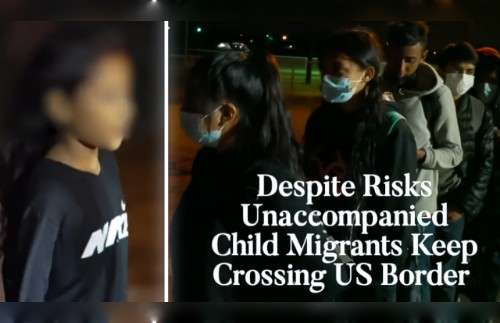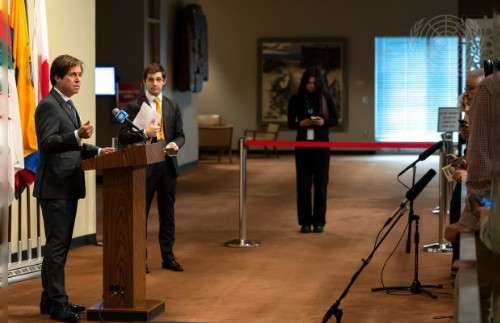Cameroon News Agency continues its fact-finding on the Ngarbuh massacre on February 14, 2020, in Donga Mantung Division, North West regn and this is the second findings after careful investigations with impeccable sources

One of the first efforts of the regime in Yaoundé to acquit itself from the massacre of old men and women, pregnant women and children at Ngarbuh, was the lousy Press Statement belatedly made by Army spokesperson, Colonel Cyrille Atonfack Guemo of the Ministry of Defense. The statement is indicative of the ignorance of the Colonel about the facts on the ground, and his desperation to defend a drowning regime that depends on a military that has gone beyond its command. The Colonel said in his statement that the incidence was the result of a confrontation provoked by armed groups. The statement reads in part: “The response of law enforcement elements [under heavy fire from the fortified house] was to remove seven terrorists at the scene. Fighting continued until several fuel containers exploded, followed by a violent fire that affected some nearby houses…”
This is not true. Let us consider the statement in the light of the setting. Ngarbuh is a stretch of neighborhoods belonging to Ntumbaw village. There is Ngarbuh one, two and three. This massacre took place in Ngarbuh three, which is the furthest from Ntumbaw town. It is often referred to as Siruh. The largest population, if one were counting by the number of houses, should be the Fulanis. In fact, the largest compound at Ngarbuh three, which belongs to the Fulanis, has more houses than all the houses belonging to the natives put together. There are about 16 houses in this Fulani compound. There are only eight houses in the four compounds where the killing took place. In specific terms, there is a house in the first compound, three in the second, four in the third, and one in the last. Each compound has a barn. The fifth house that was razed in about 1.36km away from Siruh. This is located on the way to Ngarbuh two.
In terms of population, Ngarbuh three is a small settlement. The population was only 36, with a large majority of them being children. This was distributed as follows: Pa Sika’s family 9; Ma Gladys’s family 10; Pa Abdoulai’s family 4; Pa Alidou’s family 4; and Ma Dufe’s family, which was the only family that was not attacked at Siruh 9.
This population lived in five compounds sufficiently separated from each other. The first compound that was attacked is just about 315m from the Fulani compound. It was an isolated building with many occupants. Seven were killed in this compound, six of them completely roasted. The next compound is 80m south, with three houses and a barn. This is where 9 were killed, and two houses razed with corpses.The group of children whose picture trends on social media were killed in this compound. The next compound is about 180m southeast, where a pregnant woman and an old man were killed and completely roasted. It has four houses, three of which were burnt. Further south, about 130m is a compound with a house and a barn. It was not attacked. The last compound that was attacked has one house and a barn. Three were killed there and roasted. Finally, there is a compound about 162m to the east. It was not attacked. No one lives in this compound. These are almost all the compounds in this part of Ngarbuh. There are few other isolated houses on the way back to Ngarbuh two, where, as earlier mentioned, was the last house razed. That was not at Siruh. The occupants had already escaped by the time the militia got there.
With this picture in mind, think about the Colonel’s statement. These are compounds he claims were razed because of the petrol explosion. This cannot be possible. You can formulate your arguments with this setting in mind. Ours is not just arguments but conclusions after careful findings:
- None of these families has a petrol generator. All of them use bush lamps. Bush lamps use kerosene, which is less inflammable. Inhabitants buy their kerosene in small containers at Ngarbuh three, which is about 1.8km up the hill.
- There was only one motorcycle in this small neighborhood. The men in military fatigues took it away before razing the house. They used it to ride to Ngarbuh two. It is still in their keeping.
- Ngarbuh is not a border town with Nigeria where fuel comes from. It makes no sense at all, to bring fuel from Nigeria and stock it 9.91km away from Ntumbaw town where the commodity is in high demand.
It is obvious that fuel was not a needed commodity for the few inhabitants of Ngarbuh three. It is common knowledge that you do not deal with a commodity where there is no market. The entire native population of the Ngarbuh three taking the worst-case scenario, suppose that these compounds had fuel in containers, which we know they did not, it will be impossible, in the cool of that early morning, for fuel to explode in compound one, and ignite sealed container in compounds situated 80m, 180m, and 130m apart. How did the same explosion ignite the last house which is over 1km away from lower Ngarbuh, on the way back to Ngarbuh two?
Our conclusion is that the Colonel’s argument is one of desperation. It holds no water. In fact, his argument peters out in the face of facts. And, to say the least, the facts of Ngarbuh are impeccable. They demand a response of humility and acquiescence from the government of Cameroon~Cameroon News Agency(CNA)
Guatemalan Journalist Dedicates Career to Give Voice to Indigenous Groups
North Korean women in China catch ‘Disco Fever’
Russia’s Full-Scale Invasion Pushes Ukraine’s Drive Toward Digitization
As UN Warns Kabul’s Groundwater Could Deplete by 2030,Residents Wait for Hours to Collect Water
Despite Risks,Unaccompanied Child Migrants Keep Crossing US Border
Mary Jane Veloso, a Filipina on Death Row in Indonesia,is Coming Home
Trapped in Lebanon, African Migrants Face Unemployment and Rockets
Permanent Representative of France Briefs Press After Security Council Meeting on Middle East
Subscribe Our You Tube Channel
Fighting Fake News
Fighting Lies

















